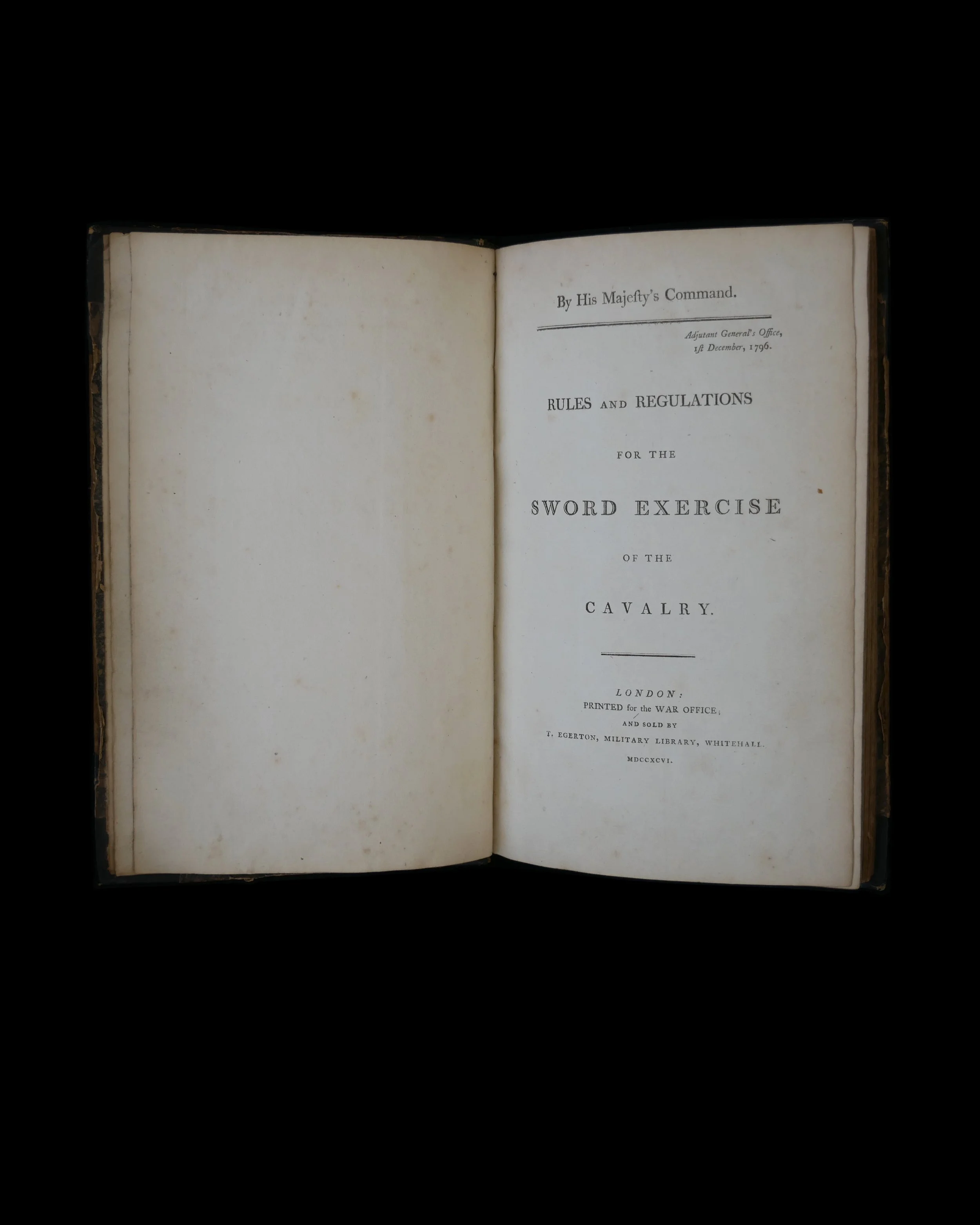 Image 1 of 16
Image 1 of 16

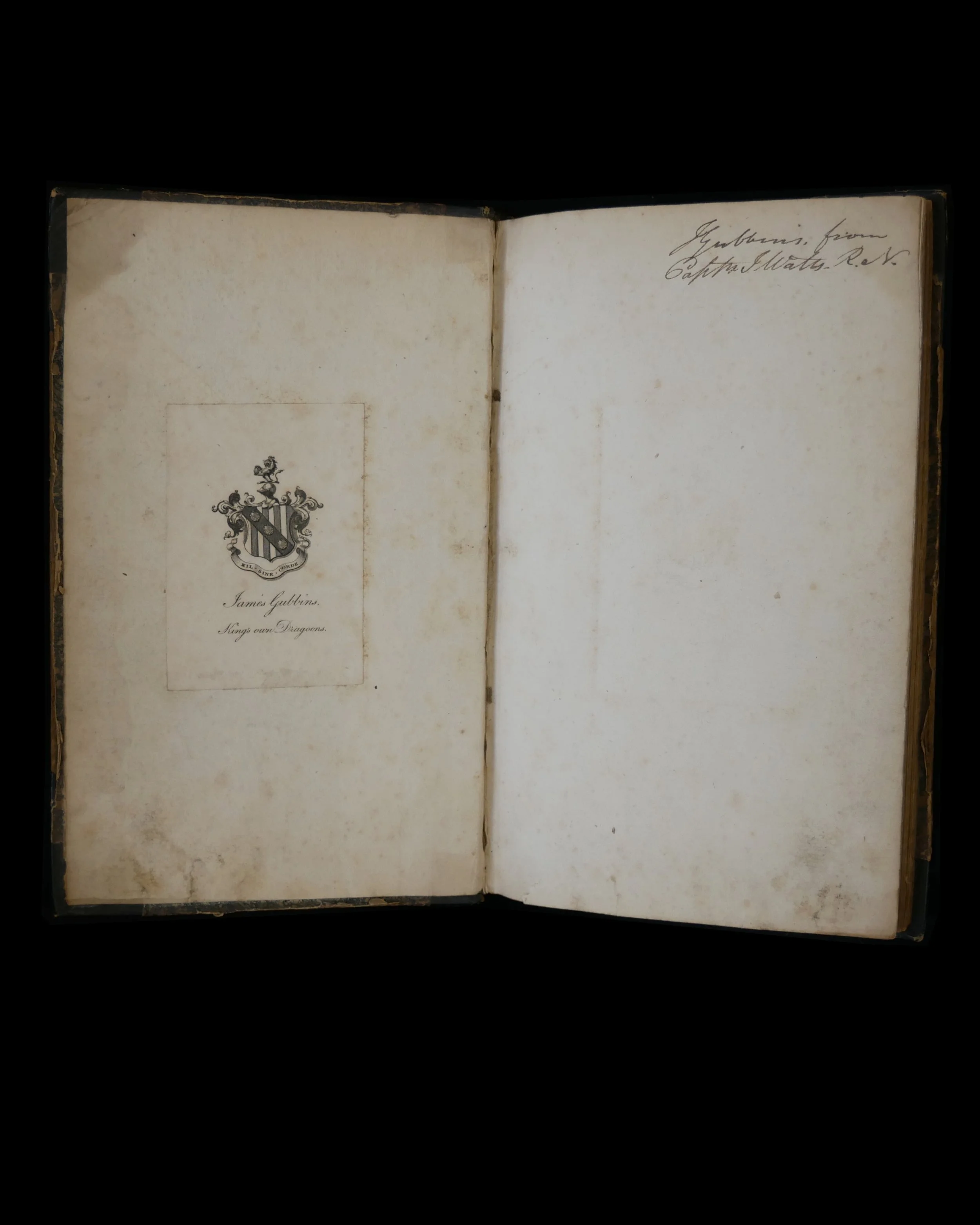 Image 2 of 16
Image 2 of 16

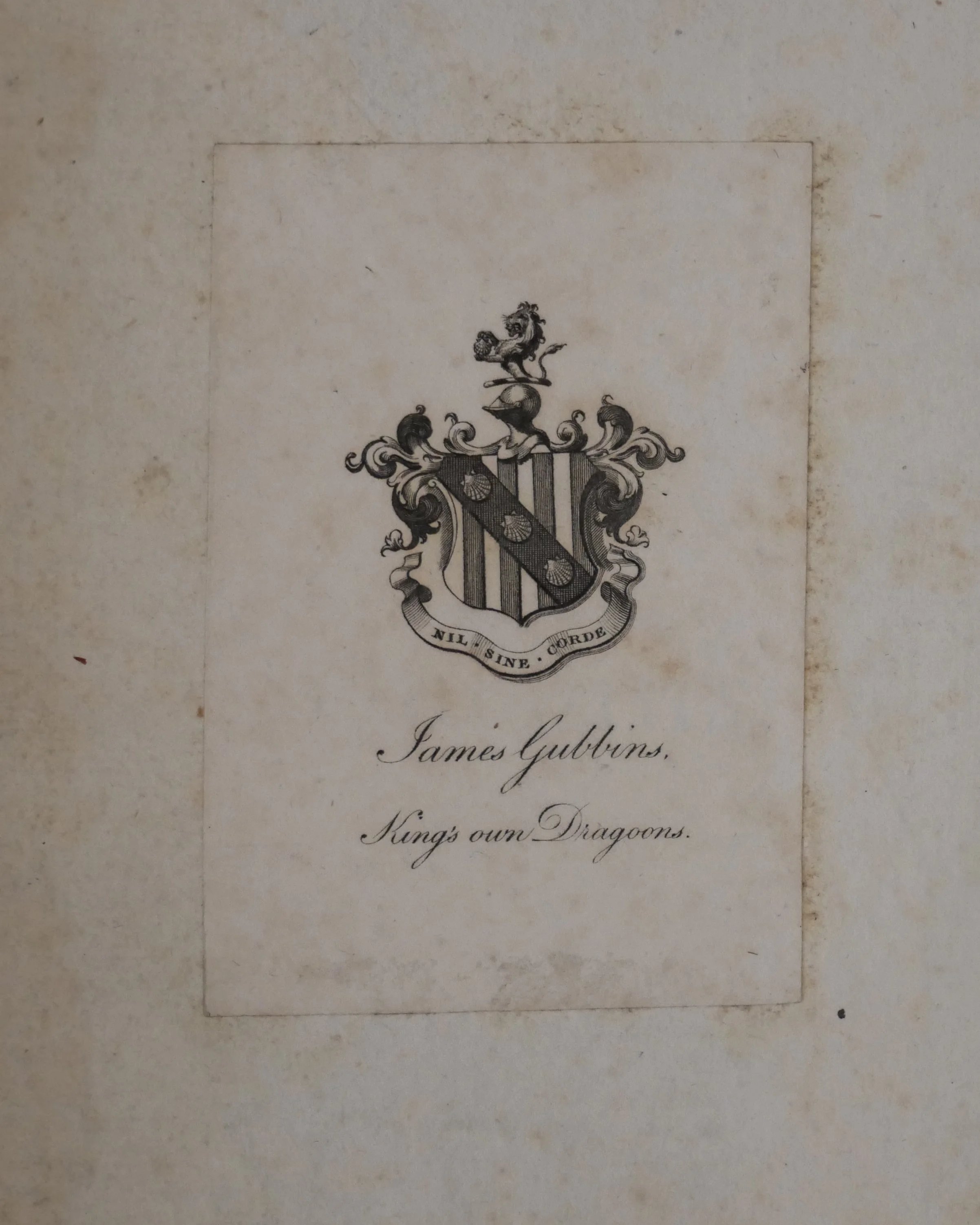 Image 3 of 16
Image 3 of 16

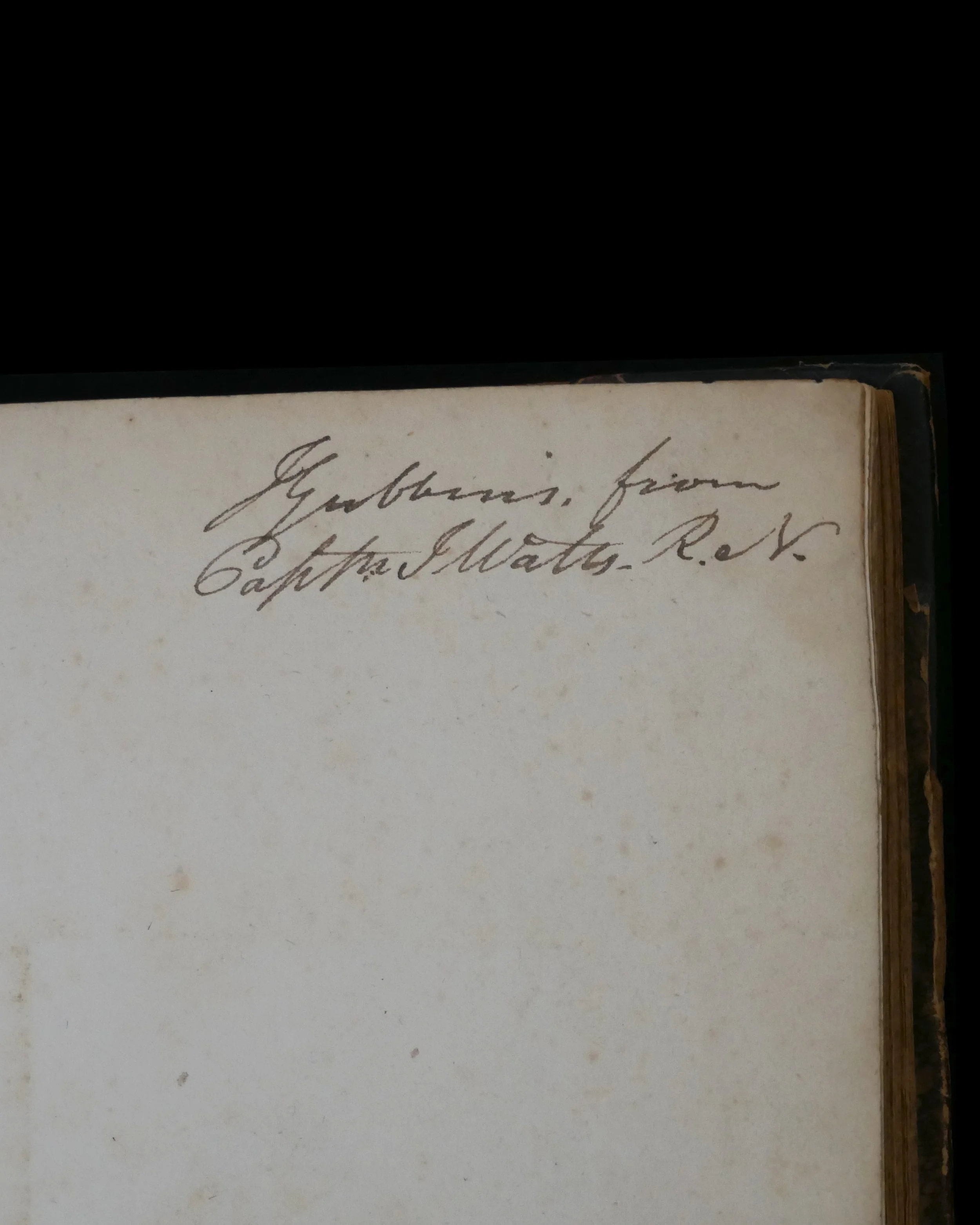 Image 4 of 16
Image 4 of 16

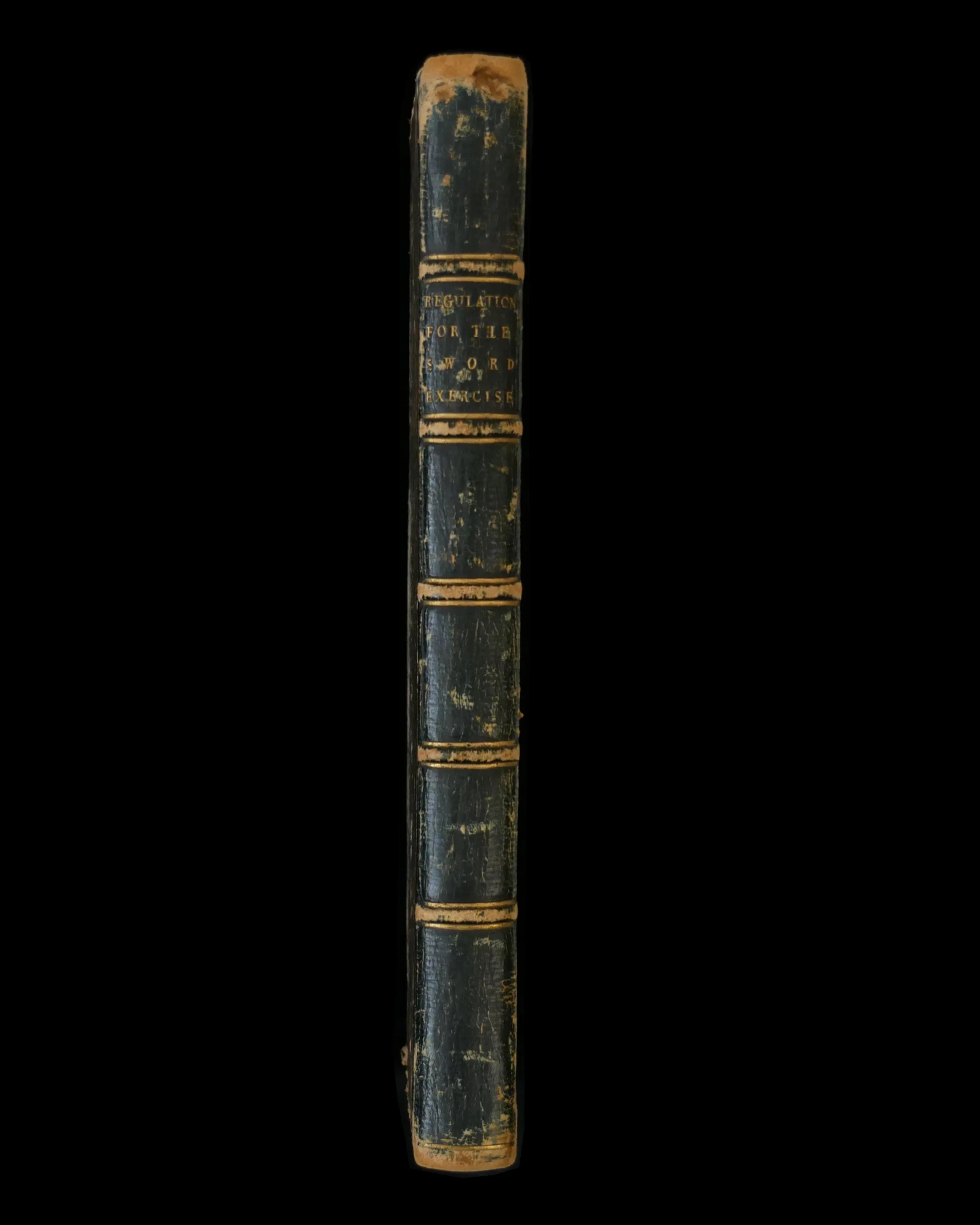 Image 5 of 16
Image 5 of 16

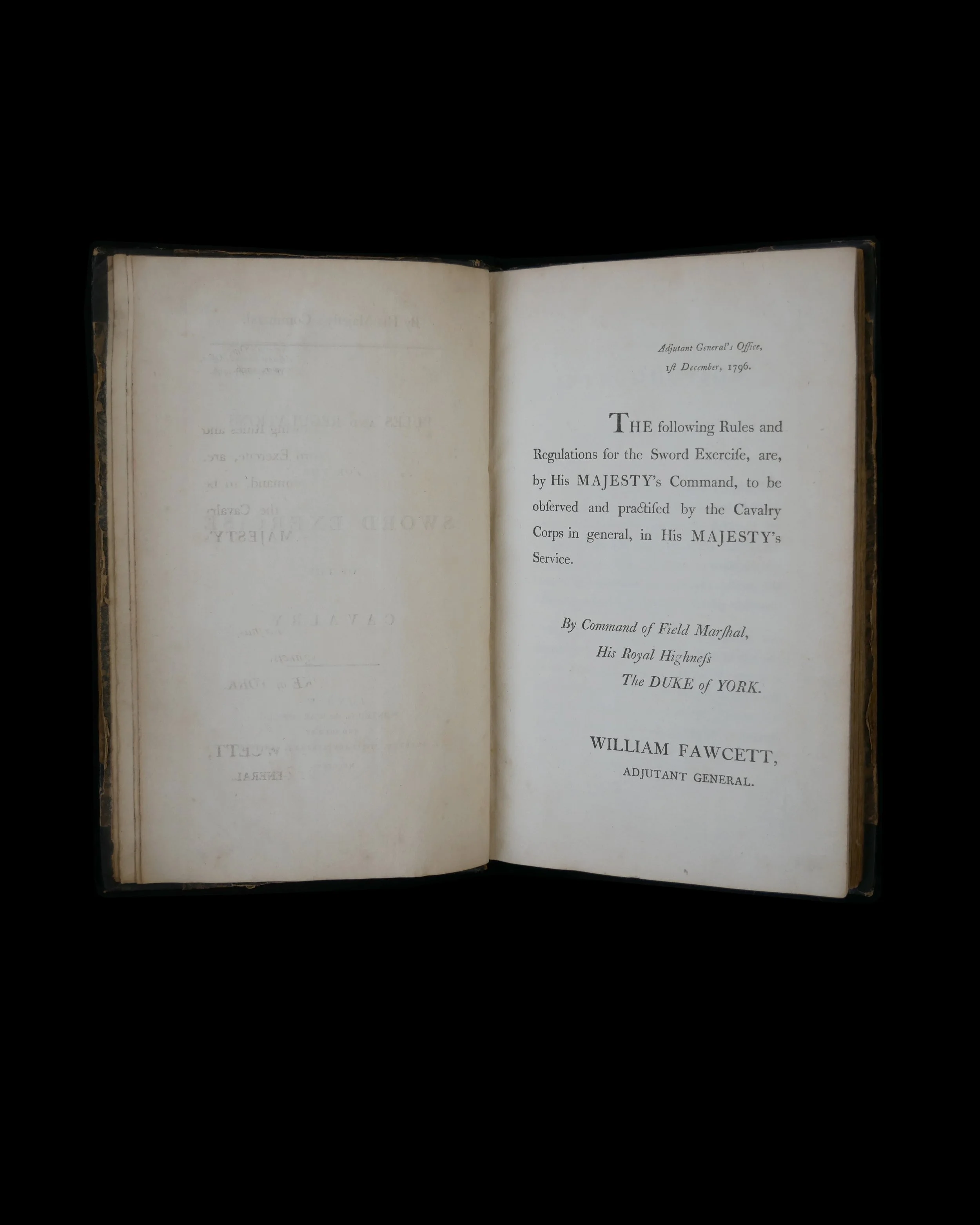 Image 6 of 16
Image 6 of 16

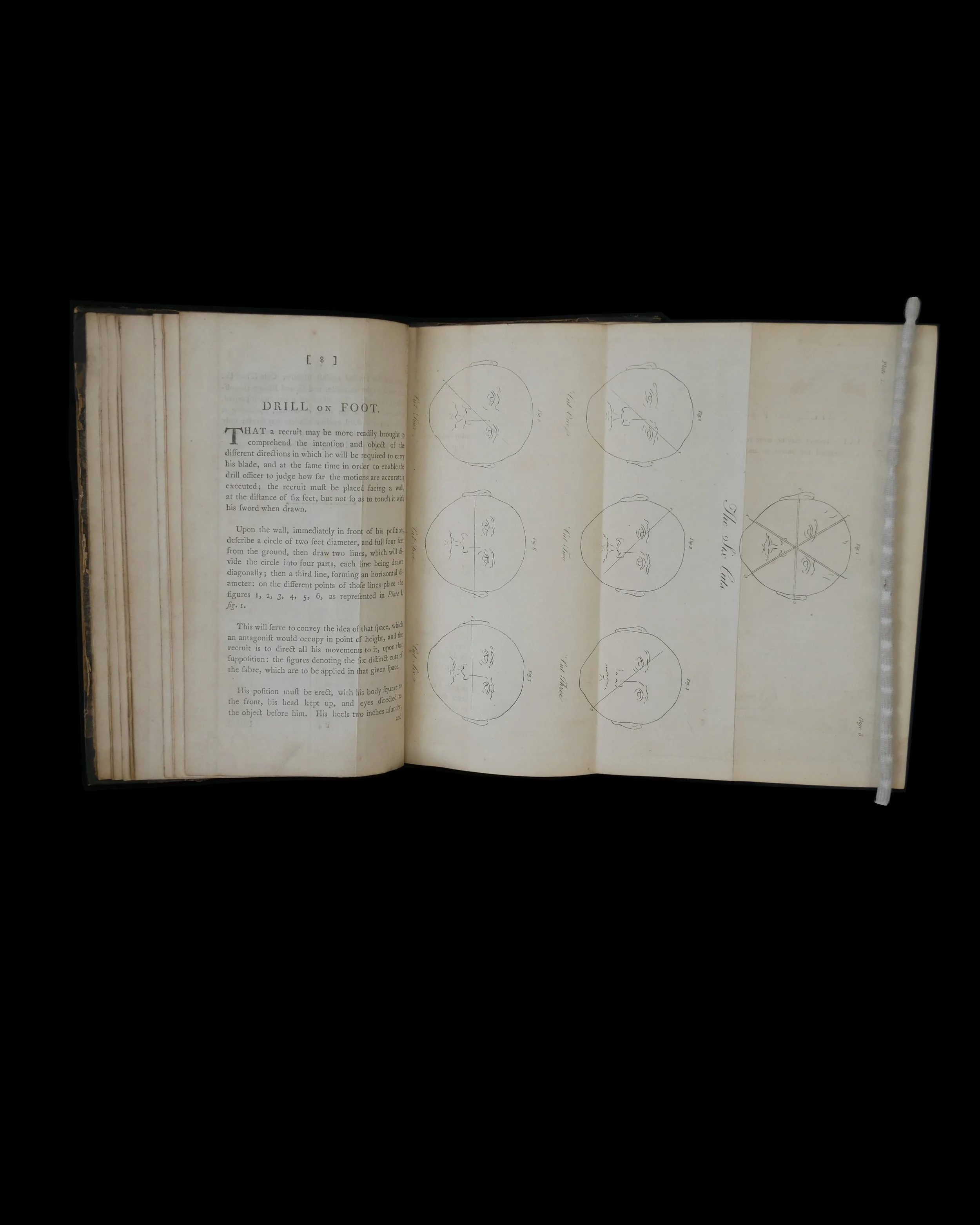 Image 7 of 16
Image 7 of 16

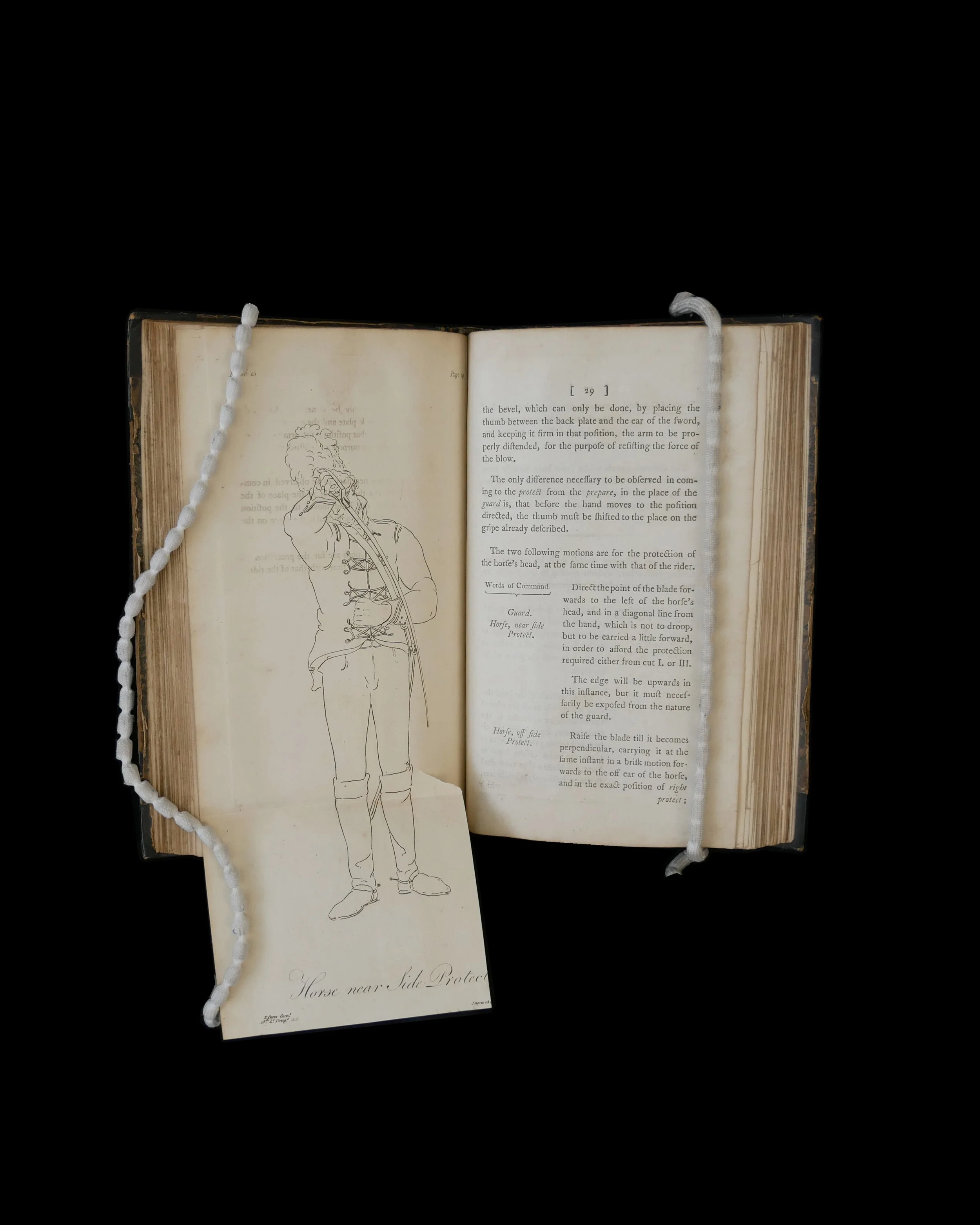 Image 8 of 16
Image 8 of 16

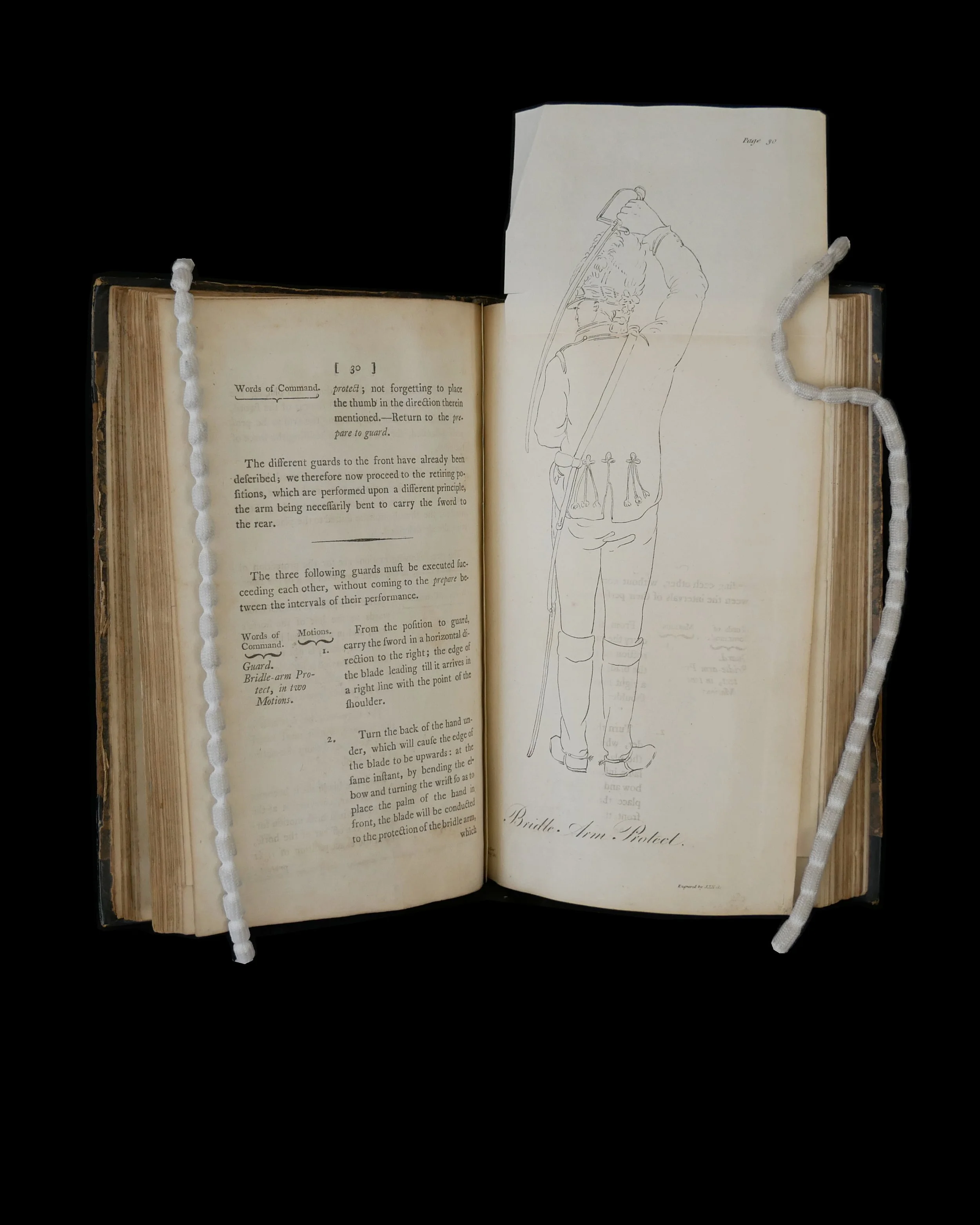 Image 9 of 16
Image 9 of 16

 Image 10 of 16
Image 10 of 16

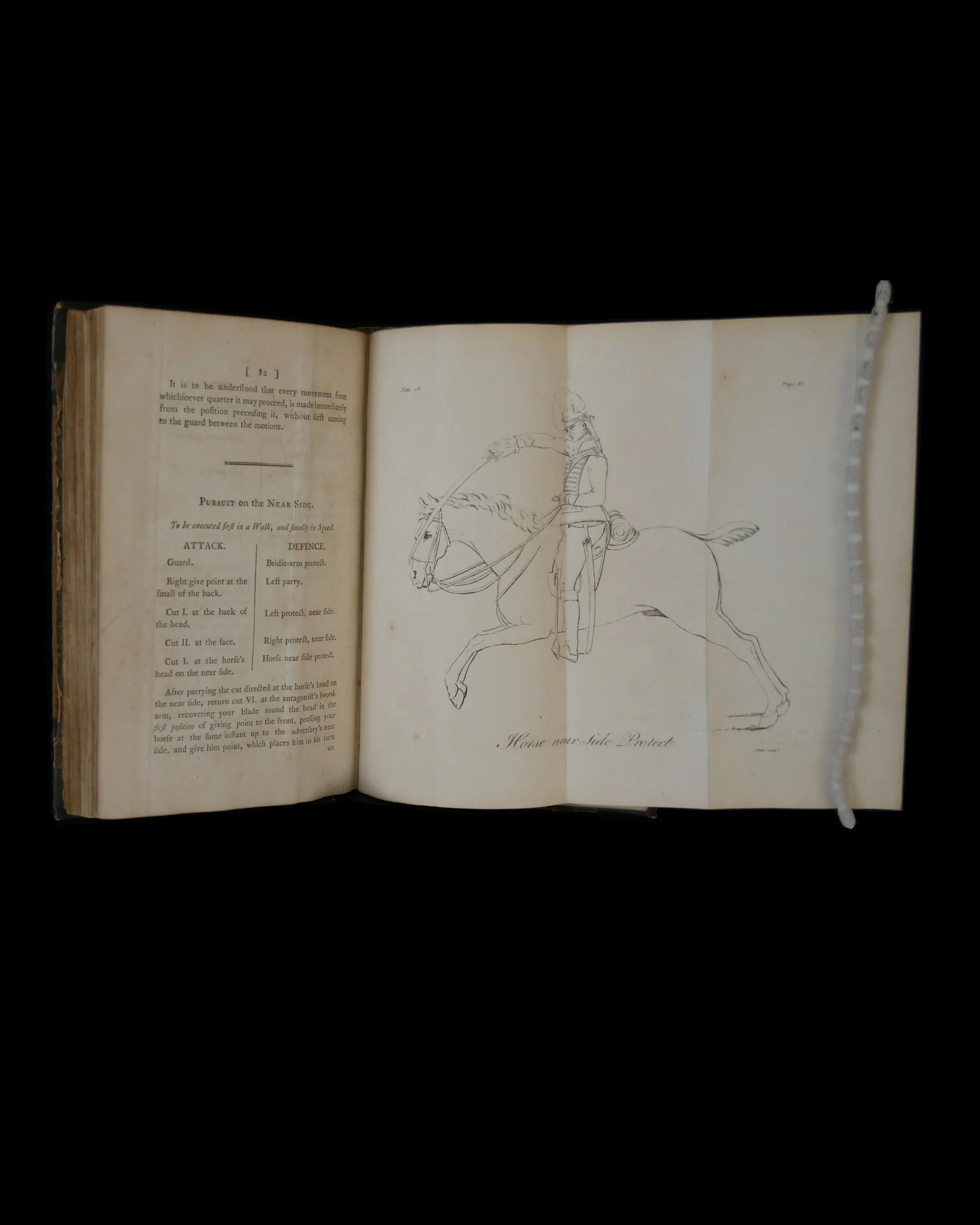 Image 11 of 16
Image 11 of 16

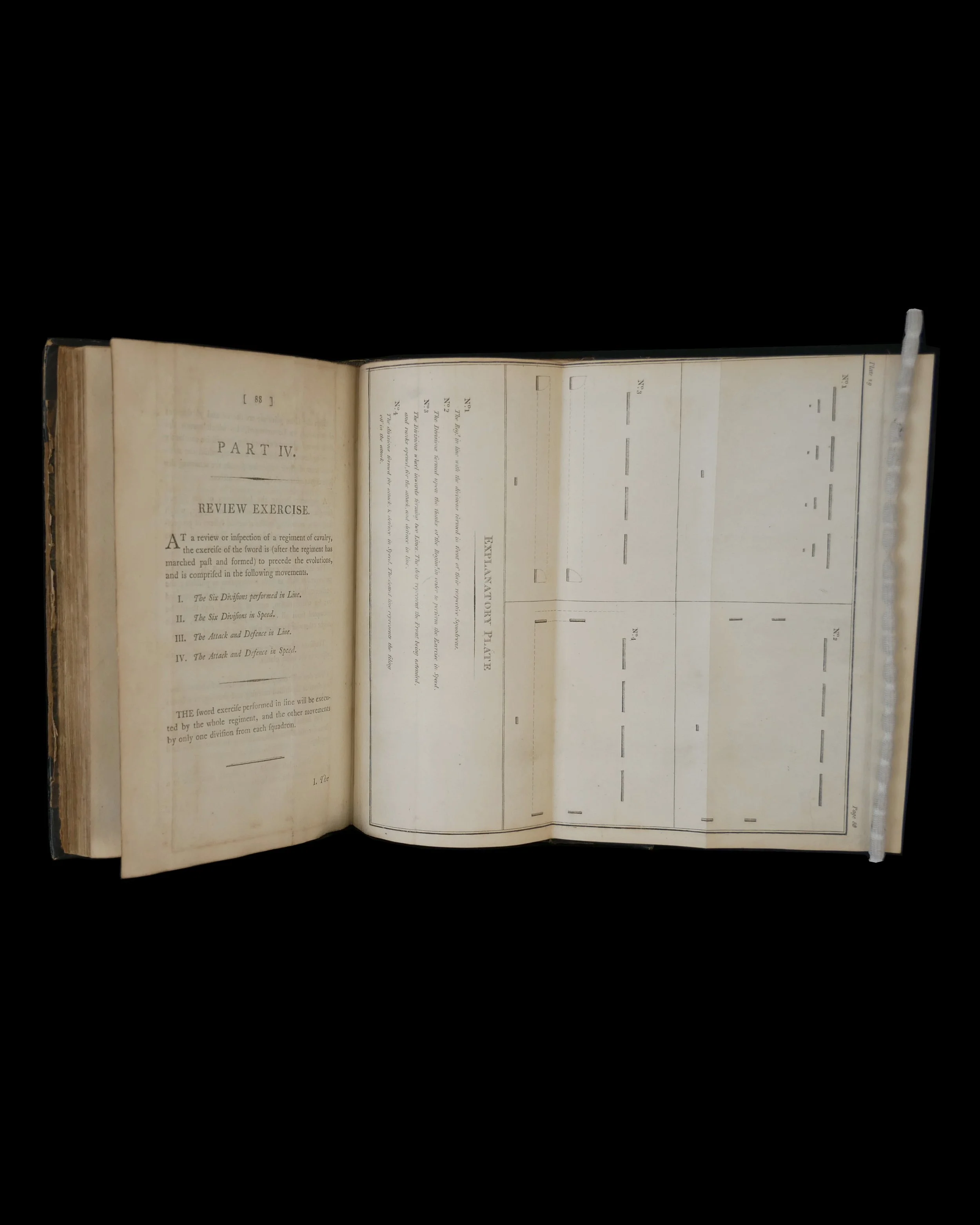 Image 12 of 16
Image 12 of 16

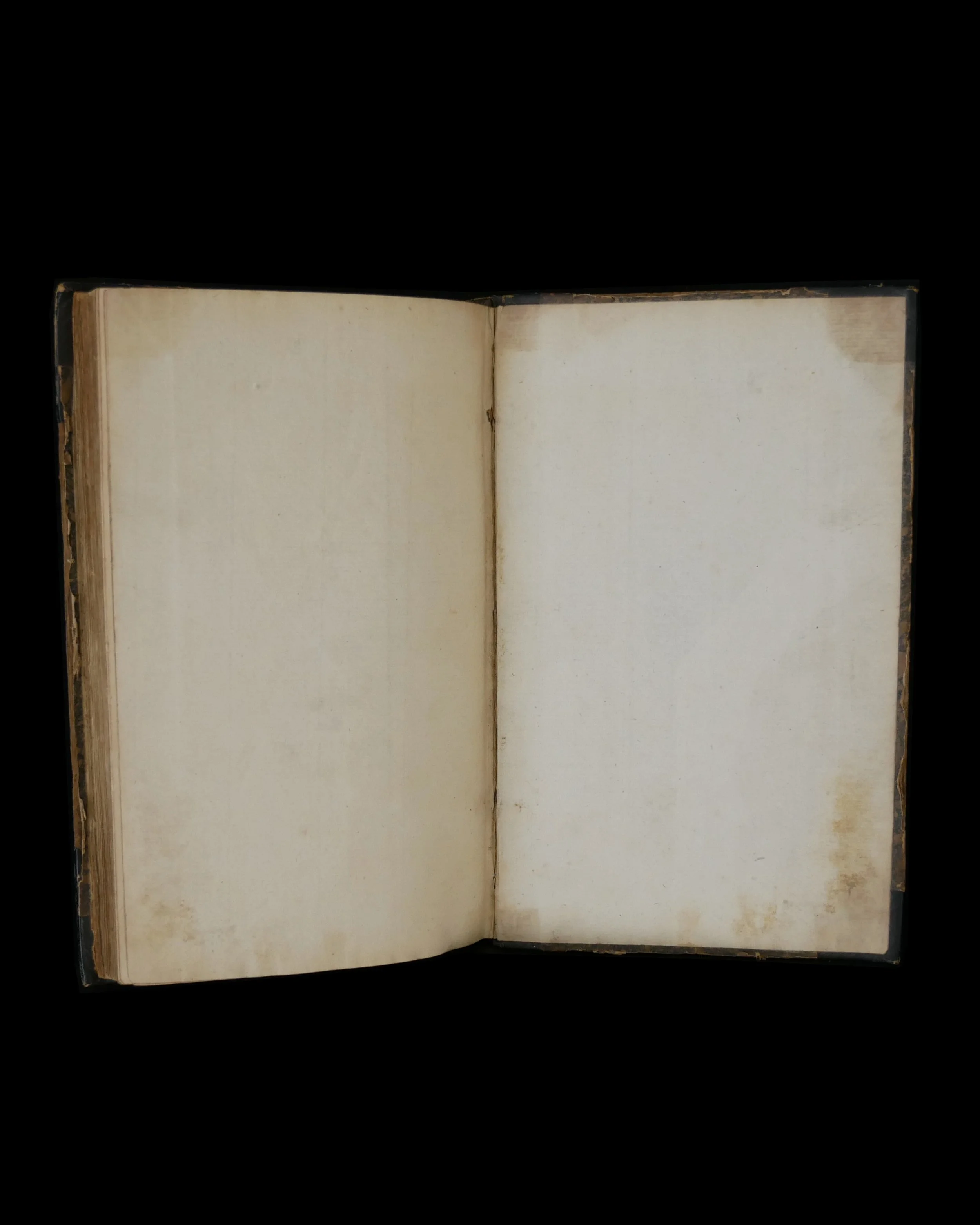 Image 13 of 16
Image 13 of 16

 Image 14 of 16
Image 14 of 16

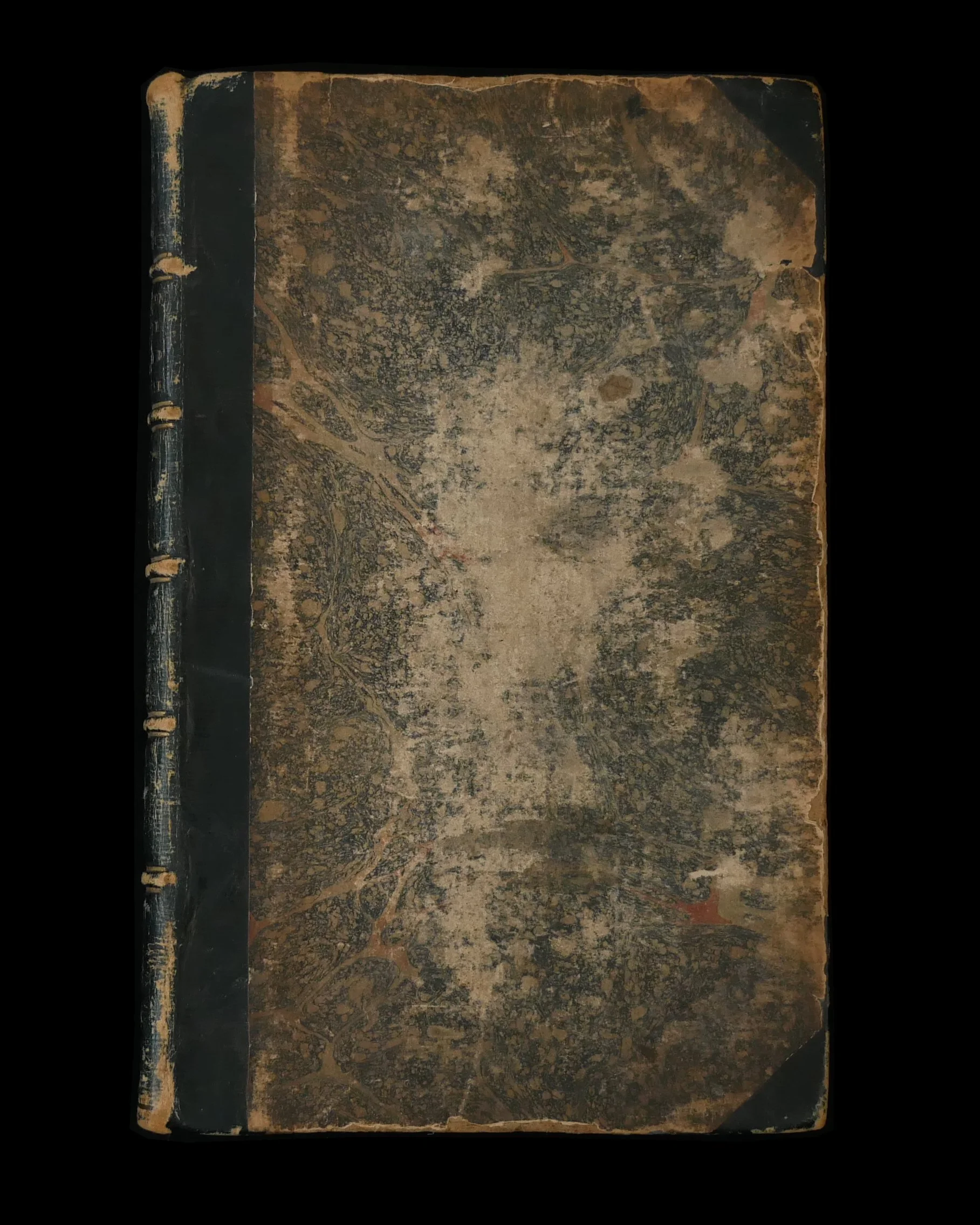 Image 15 of 16
Image 15 of 16

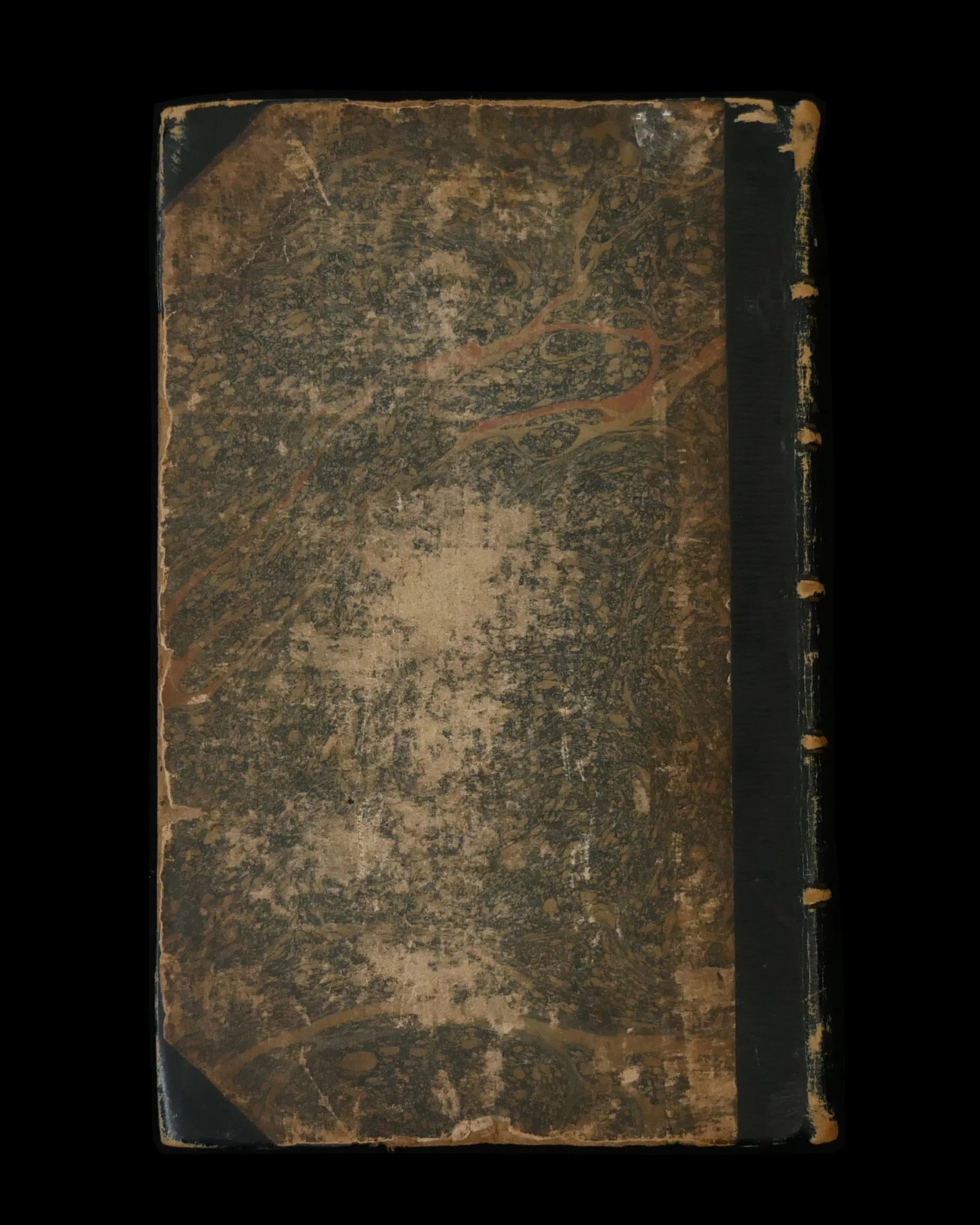 Image 16 of 16
Image 16 of 16

















Le Marchant Rules and Regulations for the Sword Exercise of the Cavalry - Waterloo interest
1st edition of Major-General John Gaspard Le Marchant's. "Rules and Regulations for the Sword Exercise of the Cavalry". The principle fencing instruction for cavalry officers, and taught from 1801 at the Royal Military College.
The book contains the bookplate for Capt. James Gubbins, an officer serving with the 13th Dragoons throughout the Peninsular War and Waterloo. In addition it has an inscription by Captain J Watts, Gubbins' uncle and a former midshipman on the Resolution during Cook's 3rd voyage to the Pacific
Printed for the War Office and sold by T. Egerton Military Library Whitehall 1796, original faded marbeled boards and leather spine with gold tooling, rubbing to the edge of the boards, octavo, lacks half-title, twenty-nine engraved plates, most folding, bound without advertisement leaf, some plates with small closed tears not affecting image, couple of plates with creased/folded corners, occasional offsetting, some light age-toning/spotting
Major-General John Gaspard Le Marchant (1766-1812) was a British Army officer, who has been described as one of the finest British cavalry commanders of his generation. Le Marchant had been inspired to introduce the sword exercise after noting the clumsiness and high rate of injury of the dragoons in the Flanders campaign. He first sought tuition from foreign masters, and consulted sword-cutlers on improved blades. Eventually detachments from every regiment were tutored in his system. In 1799 he submitted to the Duke of York a plan for a national establishment for the instruction of officers, and in 1801 a parliamentary grant was voted for a royal military college (which eventually moved to Sandhurst)
Bookplate for Captain James Gubbins:
In October 1804, James Gubbins junior joined the 60th Regiment of Foot as an Ensign to become a Lieutenant by purchase before 2 February 1805. He transferred to 3rd Regiment of Dragoons later in 1805 and purchased the captaincy of a Troop 23 May 1809. Early in 1811, he moved to 13th Light Dragoons, and, having sailed for Lisbon on 12 May, joined his new regiment at Malpartida in Spain on 10 July. He subsequently became involved in the “Affair at Arroyo Molinos”, 28 October 1811
The regiment also saw action under Rowland Hill at the Combat of Navas de Membrillo (December 1811), at the Siege of Badajoz (March 1812) and, as part of the 2nd Brigade under Colonel Colquohon Grant, at the Battle of Vitoria (June 1813), capturing Joseph's baggage train. The regiment advanced into France and fought at the Battle of the Nive (December 1813), at the Battle of Orthez (February 1814) and at the Battle of Toulouse (April 1814)
Gubbins kept a journal during his time in the Peninsula that included his account of the Charging of the French Guns at Arroyo Molinos
He further served during the Battle at Waterloo, taking part in the fighting around Hougomont and is recorded as having been killed by cannon shot during the famous charge that broke a French square
1st edition of Major-General John Gaspard Le Marchant's. "Rules and Regulations for the Sword Exercise of the Cavalry". The principle fencing instruction for cavalry officers, and taught from 1801 at the Royal Military College.
The book contains the bookplate for Capt. James Gubbins, an officer serving with the 13th Dragoons throughout the Peninsular War and Waterloo. In addition it has an inscription by Captain J Watts, Gubbins' uncle and a former midshipman on the Resolution during Cook's 3rd voyage to the Pacific
Printed for the War Office and sold by T. Egerton Military Library Whitehall 1796, original faded marbeled boards and leather spine with gold tooling, rubbing to the edge of the boards, octavo, lacks half-title, twenty-nine engraved plates, most folding, bound without advertisement leaf, some plates with small closed tears not affecting image, couple of plates with creased/folded corners, occasional offsetting, some light age-toning/spotting
Major-General John Gaspard Le Marchant (1766-1812) was a British Army officer, who has been described as one of the finest British cavalry commanders of his generation. Le Marchant had been inspired to introduce the sword exercise after noting the clumsiness and high rate of injury of the dragoons in the Flanders campaign. He first sought tuition from foreign masters, and consulted sword-cutlers on improved blades. Eventually detachments from every regiment were tutored in his system. In 1799 he submitted to the Duke of York a plan for a national establishment for the instruction of officers, and in 1801 a parliamentary grant was voted for a royal military college (which eventually moved to Sandhurst)
Bookplate for Captain James Gubbins:
In October 1804, James Gubbins junior joined the 60th Regiment of Foot as an Ensign to become a Lieutenant by purchase before 2 February 1805. He transferred to 3rd Regiment of Dragoons later in 1805 and purchased the captaincy of a Troop 23 May 1809. Early in 1811, he moved to 13th Light Dragoons, and, having sailed for Lisbon on 12 May, joined his new regiment at Malpartida in Spain on 10 July. He subsequently became involved in the “Affair at Arroyo Molinos”, 28 October 1811
The regiment also saw action under Rowland Hill at the Combat of Navas de Membrillo (December 1811), at the Siege of Badajoz (March 1812) and, as part of the 2nd Brigade under Colonel Colquohon Grant, at the Battle of Vitoria (June 1813), capturing Joseph's baggage train. The regiment advanced into France and fought at the Battle of the Nive (December 1813), at the Battle of Orthez (February 1814) and at the Battle of Toulouse (April 1814)
Gubbins kept a journal during his time in the Peninsula that included his account of the Charging of the French Guns at Arroyo Molinos
He further served during the Battle at Waterloo, taking part in the fighting around Hougomont and is recorded as having been killed by cannon shot during the famous charge that broke a French square
